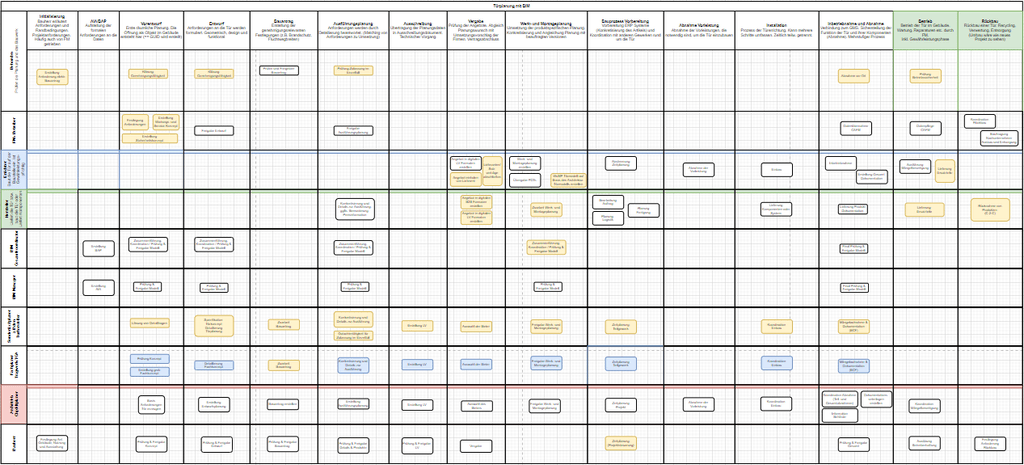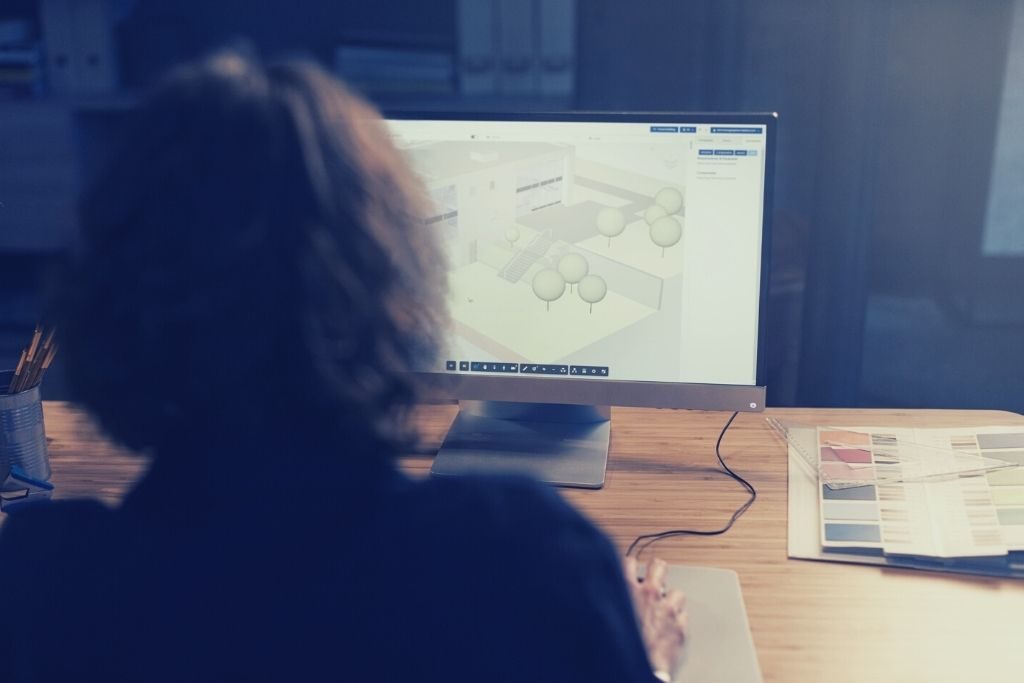Upon reading the acronym “BIM”, one often thinks of the three-dimensional mapping of products in a digital model. But there’s much more to it: With BIM, architects and planners can manage any information related to building design and represent processes, thus making data available at the right time and to the right extent. The construction industry has recognized this consolidation of information in one system, Common Data Environment (CDE). It offers distinct advantages, making the processes of both planning and construction more efficient. Hence, an increasing number of BIM software providers expand their scope of services to include information management, thus enabling intelligent planning.
This is particularly beneficial to the planning of access control solutions, which can be an extremely complex process due to the combination of functional requirements, legal standards, and the number of different products. Especially in larger projects where more parties are involved, the benefits of BIM in access control planning are palpable.
BIM As a Basis for Efficient & Multidisciplinary Planning
The basis for efficient and multidisciplinary planning is the definition of data, processes, and use cases and the specification of requirements related to the data in each process step. In Germany, these guidelines are set by the Association of German Engineers (VDI), among others (guideline series VDI 2552, Sheet 11.7).
The focus of VDI 2552 Sheet 11.7 is on developing BIM processes for the various areas of a construction project (e.g., door planning). The processes cover all parties involved in the project across all project phases, from the idea, through construction, to conversion.
For each process step, the requirements for the data and the geometry are specified. The focus is on the benefit of the service provided in the respective action. The defined BIM processes are recorded in the Information Delivery Manual (IDM) and accessible to everyone.

The Complexity of the Access Control Planning Process
The process of planning access control with BIM features the usual protagonists in the construction process (architects, general contractors, and technical building designers) and suppliers and subcontractors (e.g., facility management). This process pays special attention to the installation and step-by-step acceptance of the door in the building. Additionally, it introduces the new role of the specialist planner for doors.
Developing a process with firmly defined interfaces and information requirements consistently improves safety in planning a door for all parties involved, especially for the building owner.
“Via the processes defined in the IDM, every party involved in the construction project knows what they have to deliver, when and how. This means that there are fewer misunderstandings between the various construction steps, and the construction project can be realized more reliably and efficiently,” said Alexander Bradfisch, Senior Vice President Project Management, Access Solutions DACH at dormakaba Germany.
From Theory to Practice With Collaboration Software
For the efficiency planned on paper to be put into practice, tools and software that map the processes and support planners in implementing these processes are crucial.
The construction industry is still one of the most inefficient industries in the world. The latest developments in standardized planning are doing everything to change this. And with the right tools and software, this will soon be a reality.
Alexander Bradfisch, Senior Vice President Project Management, Access Solutions DACH at dormakaba Germany comments on the latest developments in BIM
Outlook
The focus of BIM in the planning of access solutions will continue to evolve. While today the focus is on the BIM objects, in the future the focus will likely be on the data and the management of the various stakeholders and their requirements. This reorientation will lead to a better quality of planning and enable a more efficient construction process.
Thus, the planning of access solutions can only be improved if “Building Information Modeling” becomes “Better Information Modeling”.







